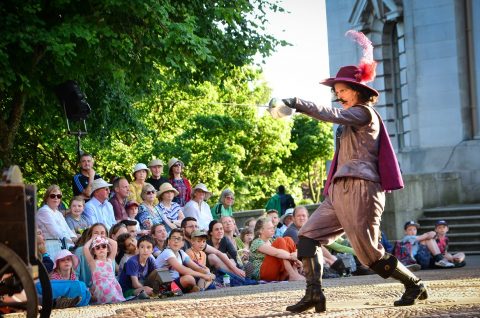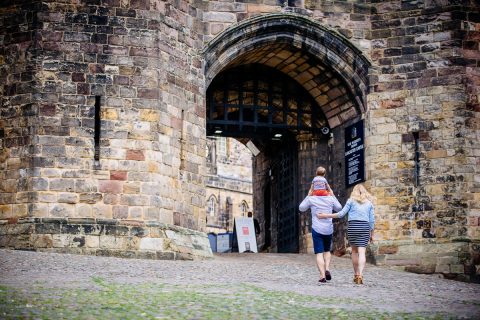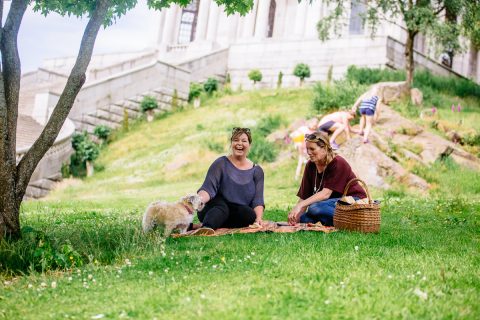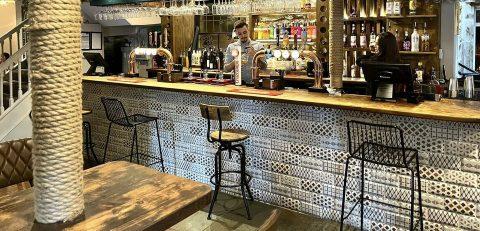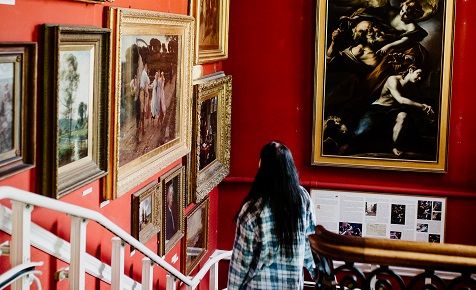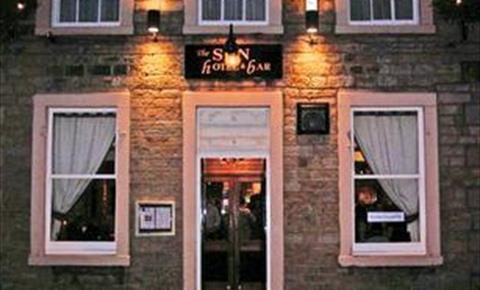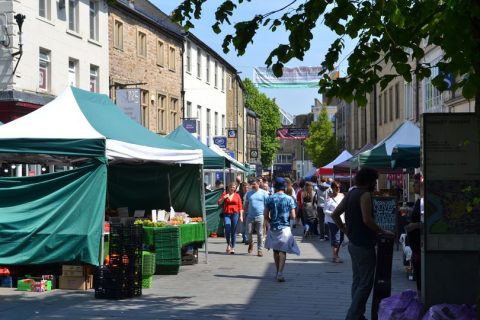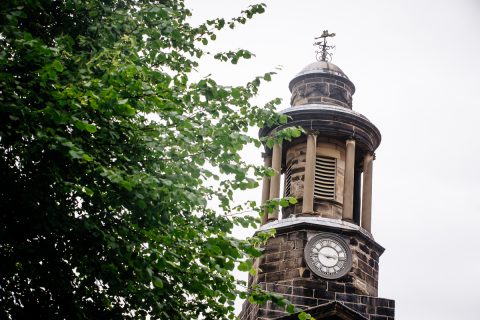Hornby
Hornby is first recorded as a place in 1212 as ‘Hornebi’ or ‘Horne’s -by’.
The ‘-by’ ending to a place name is Scandinavian in origin. Traditionally ‘by’ place-names have been thought of as larger, with the ‘thorpe’s being smaller, daughter settlements. However recent analysis of ‘–by’ place names in Yorkshire seems to show that they are usually located on soils more suitable for livestock than arable farming. They seem to refer to places that were originally more dispersed with many smaller centres, rather than having a main village centre.
Often from the Viking Age onwards there is a personal name associated with a place. It is thought that this can be linked to the breaking up of larger estates into smaller manors due to changes in the way that society and farming practices were organised. Horne is a Scandinavian personal name.
In the case of Hornby this will have been a replacement name for an older Anglo-Saxon settlement. We can tell this because there is religious stonework dating from the late 700s/early 800s that can still be found in the church. This re-naming happened to even important places – the famous early Anglo-Saxon monastery of Streoneshalh became Whitby.
Hornby is sited at an important strategic location where the rivers Lune and Wenning meet. The photo shows a group of children on the bridge over the River Wenning around 1900. Hornby Castle is in the background.


